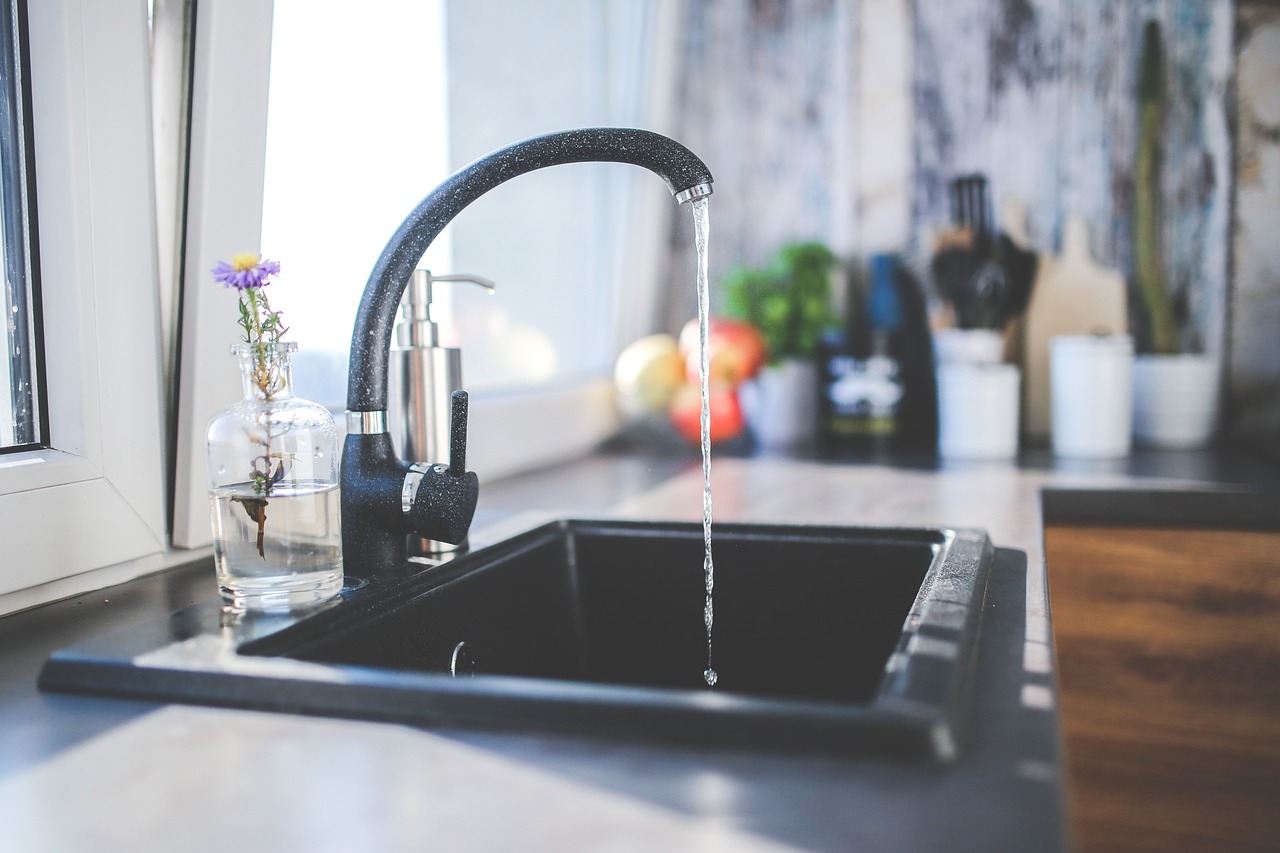
Most people take tap water for granted, even though it is so important. It’s likely that you fill up your dog’s water bowl every morning, without a second glance. Is tap water safe for dogs?
According to Dr. Ann Hohenhaus of the Animal Medical Center, New York City, tap water is safe in most cases. If the Flint water crisis, is anything to go by, then not all tap water is safe. Hohenhaus says that if you would not drink the water yourself, then you should never give it to your dog.
What to do to keep your drinking water safe
Pauli Unesser, executive director of the Water Quality Association, has some recommendations to help you determine whether the water in your home is suitable for your pets and yourself.
1. Get a report on consumer confidence from your water treatment facility.
Undesser says that most consumers receive their water from municipal sources. The water is treated in a plant before it goes out of the faucet. This plant must publish an annual report on consumer confidence to let you know what is in your drinking water. If you did not receive one, please contact your water provider.
Undesser explains that “there may be items in the report which are known to and being worked on by the water treatment facility, but it’s still possible you want to do things separately.”
Federal regulations govern water treatment plants, although individual states can have more stringent rules. California, for example, has laws that regulate the amount of chrome-6 in water. If that sound familiar, you’re right. It’s the same contaminant Erin Brockovich fought against.
2. Check your water system at home
Undesser suggests that consumers should test their water at the tap annually because hard contaminants are not visible or odorable. Undesser advises consumers to test their tap water to be aware of what could possibly be present. You’ll never know what you have until you do a test.
If they detect any changes to the water’s smell, color or taste in a sudden manner, consumers should have it tested.
Undesser suggests that you send your water samples to an EPA-approved laboratory for testing. She adds that some city government departments and health agencies will provide free water testing.
Undesser explains that “there are more than 100 contaminants [that the EPA] regulates that must be below a specific amount to not have a negative impact on health.” If you are able to test and find the substance, there is no need to wait until regulations catch up.
The cost of a basic test can range from $20 to $50. According to Undesser, a more thorough test costs between $200 and $300.
3. Buy certified products to help you treat your water.
You can purchase certified products to help you treat water if the results of the test confirm the presence of contaminants. Undesser suggests that you can buy water pitchers or faucet mounts or hire professionals to install reverse osmosis filters under your sink.
To ensure a proper installation, she recommends hiring a professional in water treatment, rather than a plumber. These professionals can recommend the products which are best for your needs. If your water tests show high levels of arsenic in the water, then you will want to use a filter that removes traces of this substance.
Undesser says that “what you decide depends entirely on the results of your water tests.” Undesser says that your test could show the same water quality as bottled water.
It is possible to decide on water treatment without ever seeing the test results. She says that a filtered water system will provide extra protection to you and your family.
How about Bottled Water For Dogs?
Undesser recommends that pet owners look for products with certification if they choose to buy bottled water for their dogs. She says that in most cases bottled water uses the same membrane as other products like a reverse osmosis system, faucet mounts, and pitchers. They’re using the same technology to produce bottled water of high quality. “It’s just another way to get it.”
Undesser recommends that consumers look for the WQA (World Quality Association) gold seal, or the NSF seal. She says that consumers should always look for seals of approval, whether it is bottled water or any other product.
If you would not drink water from the tap, then you shouldn’t feed it to your pet. If the local government has told you to not drink water, then your dog should also avoid it.
Undesser says, “I think that it is logical for people to apply the same thinking to their pet if they test their water and smell something different and are concerned about it. However, “tap water still is great water and we can have confidence in what’s there.”